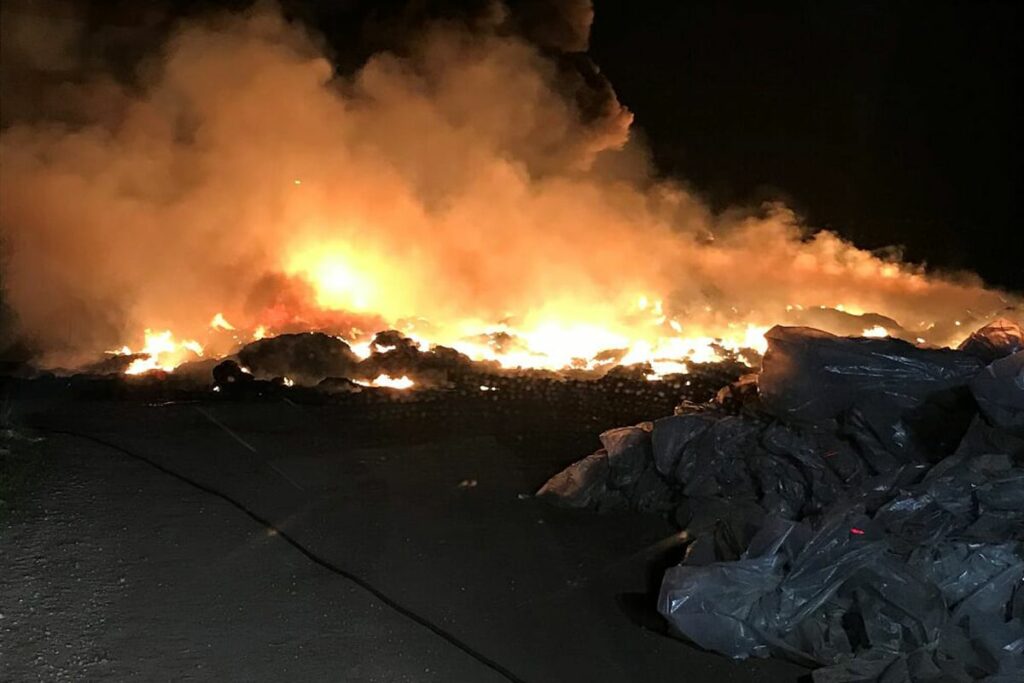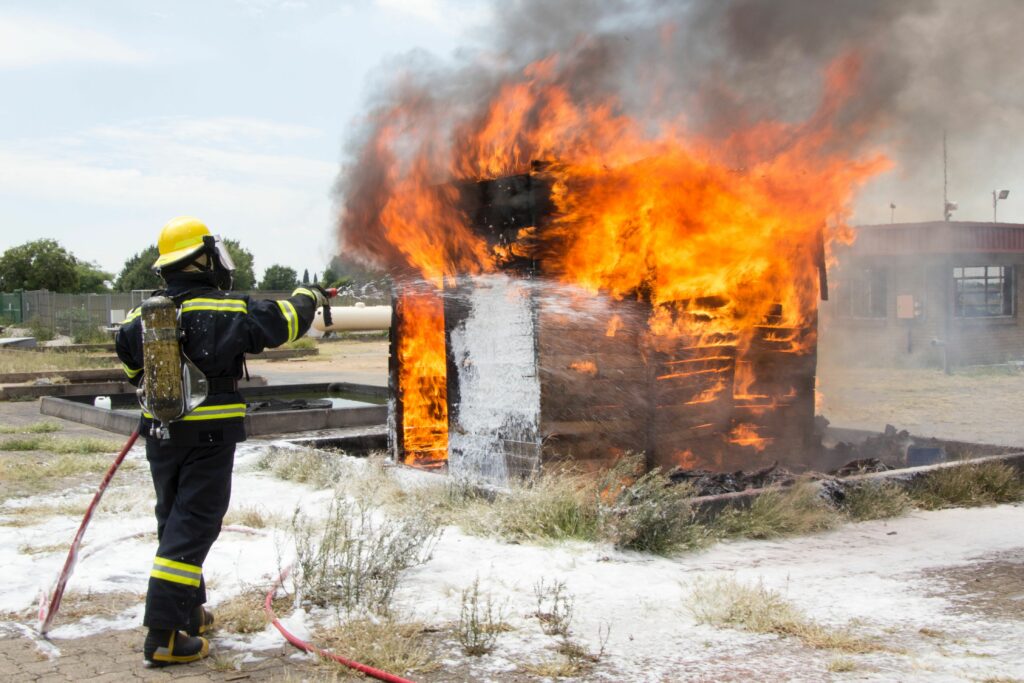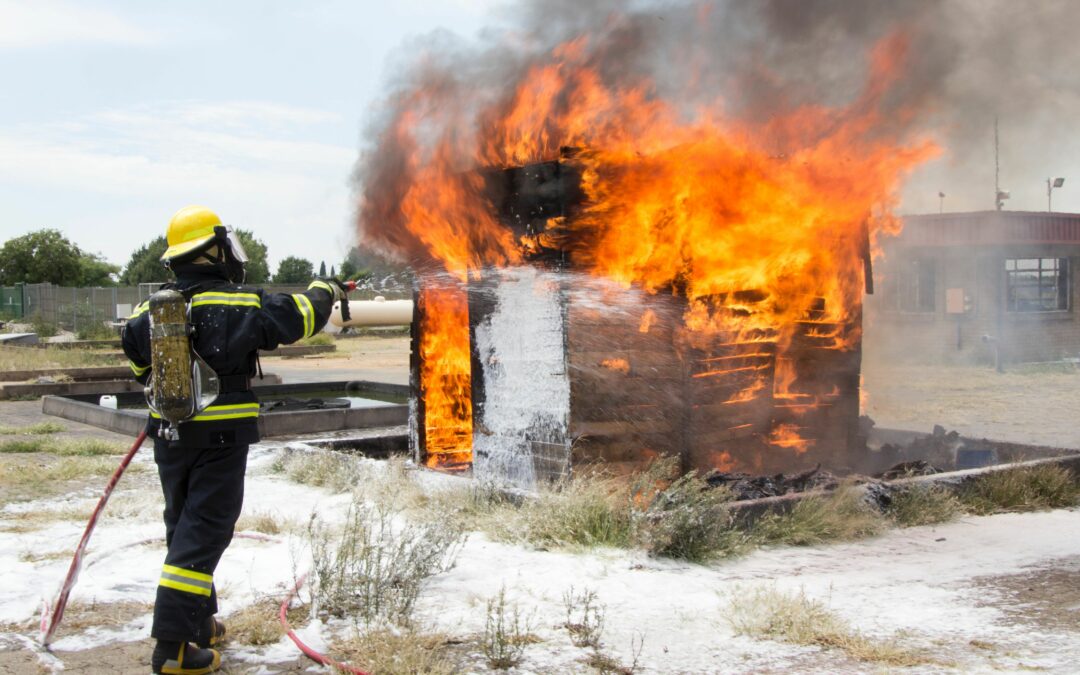This is a challenging subject to discuss, but it is one that is essential to raise awareness for those whose occupation it is to protect life and property by firefighting.
There have been a number of studies across the world in recent years showing that Firefighters have a greater risk of being diagnosed with cancer than members of the general public and at 60 percent, cancer is the leading cause of death amongst line-of-duty firefighters.

The public may imagine that the main danger to a firefighter is fire… but in reality the real danger comes from crawling through thick smoke. Smoke that is hot, flammable and blinding. It is also increasingly toxic, and only a small amount of burning material can create a huge amount of toxic smoke. The challenge is to perform safely and stay healthy in these smoke-filled conditions.
The proportion of cancer deaths in firefighters has been growing steadily since the 1970s to the present day; a rise which has coincided with an increase in synthetics and plastics used in homes and buildings.
Dr. Anna Stec, Professor in Fire Chemistry and Toxicity, University of Central Lancashire’s world-leading fire toxicity research group, has reported to the European Parliament in an effort to gain recognition of cancer as an occupational health issue for firefighters.
“I have no doubt that toxic smoke is the biggest long term enemy for a firefighter’s health. It is a silent killer. We need MEPs to help us save lives and to keep us healthy. We need proper, large scale testing of building materials and we need the toxicity of smoke to be tested and labelled.”
“Testing and labelling the smoke toxicity of construction products is a first step in having safer, healthier firefighters. The EU needs to admit there is a problem and act to regulate smoke toxicity.” Firefighters are exposed for many hours during and after the fire, in both the short and long term. This can include multiple exposure to different carcinogenic substances in the smoke and from leftover materials. The dangers can continue long after the fire has been tackled, through inhalation and ingesting of contaminants and these toxic fire emissions can also be absorbed through the skin. These poisonous threats increase the risk of getting more than one type of cancer.

Decontamination of PPE, clothing and firefighting equipment that may have become polluted is vital in minimising the risk from carcinogenic sources.
Dr. Stec concluded: “Testing and labelling the smoke toxicity of construction products is a first step in having safer, healthier firefighters. The EU needs to admit there is a problem and act to regulate smoke toxicity. I am hopeful that my research, and the research of those feeding into the European Parliament’s round table discussions, will be influential in that outcome.”
It’s also to be hoped that the UK Government continues to take these reports seriously after our departure from the EU and works to create a safer working environment for firefighters in the UK.
Please share this article with your business partners and friends. If you would welcome a visit to discuss Training, Site Cover or Risk Assessing your business site please feel free to contact us at MidlandsFRS – Call: 03333 44 99 08, Email: rescue@midlandsfrs.co.uk
You can find the report mentioned in this blog and other information on this topic at these links:
- Exploring solutions to extinguish occupational cancer in firefighters https://www.uclan.ac.uk/news/exploring-solutions-to-extinguish-occupational-cancer-in-firefighters
Minimising firefighters’ exposure to toxic fire effluents – http://www.ctif.org/library/minimising-firefighters-exposure-toxic-fire-effluents

